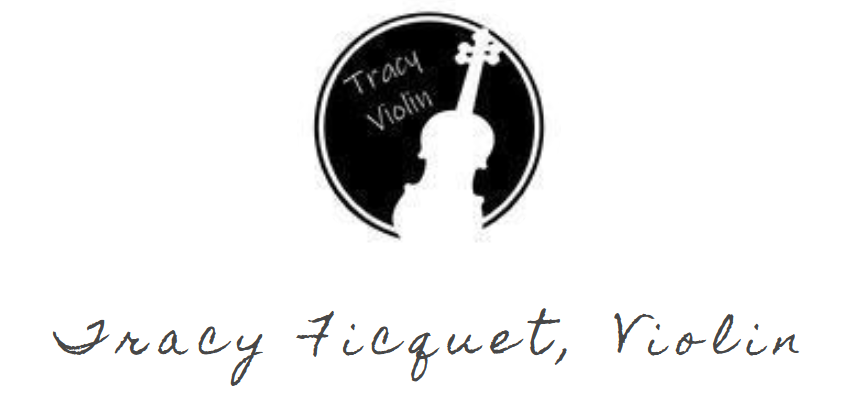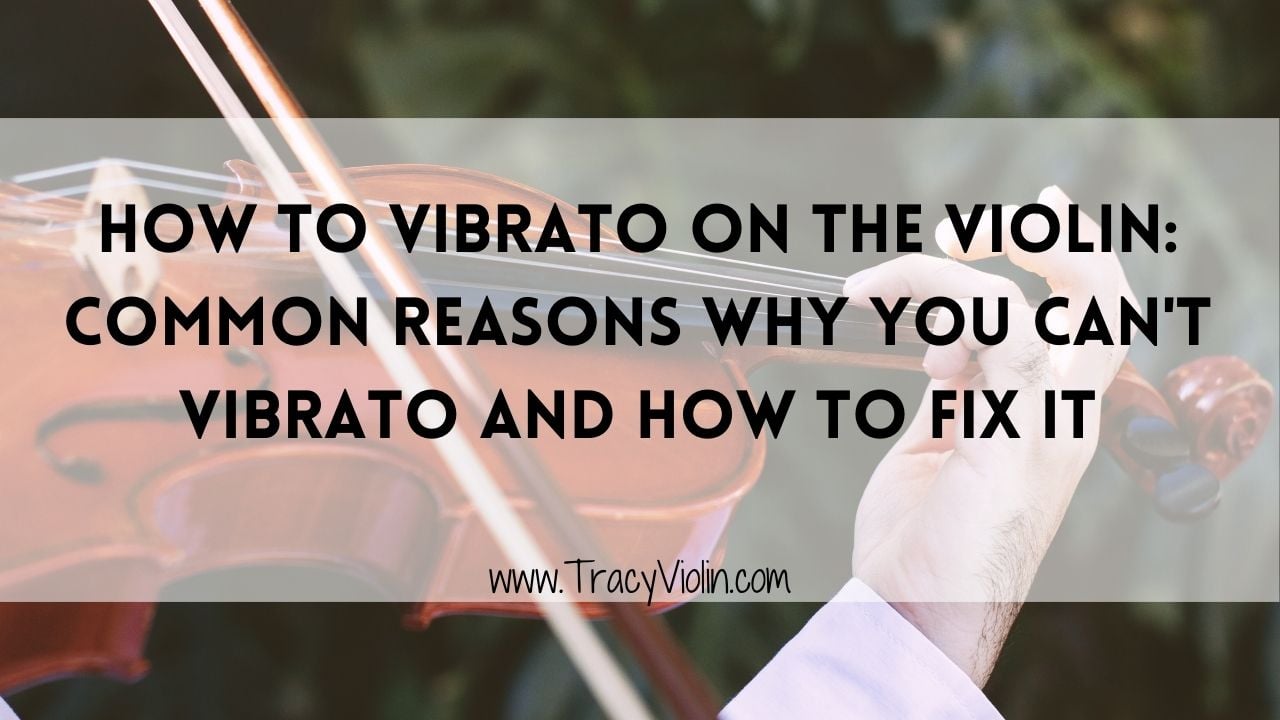Learning to vibrato on the violin does not have to be hard. Using my own teaching method, I have successfully taught vibrato to many students who have only been playing violin for a few months. With the right explanation, often times students will execute a correct vibrato on first or second attempt, although they will need to continue practicing the correct motion to achieve more control and consistency.
Before Learning To Vibrato
Before even attempting to learn vibrato, violin students and their teachers should make sure that the following technique is solid:
#1 Hold the violin up with your head and not your left hand
The number one reason why violin students cannot vibrato is because they are using their left hand to support the violin in the air. The violin should not be supported by the left hand in any way. The violin should be suspended in the air using the head and left shoulder alone.
If the violin can easily slip off your shoulder, it will be impossible to vibrato. For this reason, you should use a shoulder rest that is the correct height for your neck length. Even in the rare circumstance that you have a very short neck and do not need a shoulder rest, some kind of thin non-slip padding should be used.
#2 Your left wrist should not be touching the violin
The left wrist should be straight. Many violin students grip the violin with their left hand and their palm touches the violin. This type of grip tenses up the muscles and will make it difficult for you to vibrato.
#3 Understand that you are to bend your left elbow or wrist, but not both
Vibrato can be done by bending at either the left elbow or left wrist, but not both at the same time. If doing an arm vibrato, the left wrist should constantly be straight while the elbow opens and closes. If doing a wrist vibrato, the left elbow and forearm should remain still while your wrist bends to allow your hand to travel back and forth.
#4 Know your left hand contact points
Only your thumb and the finger being used should remain in physical contact with the violin during vibrato. Too many fingers pressed down on the fingerboard can inhibit motion.
#5 Know that your left hand and fingers should be relaxed
Your left hand and fingers should be relaxed while maintaining soft but firm contact with the violin. This way, your left and hand fingers will move as a result of doing a correct vibrato motion. However, the vibrato motion should originate from your left elbow or left wrist; you should not actively try to start the motion with your fingers.
#6 Understand what vibrato is
On the violin, vibrato is the oscillation of a pitch. Essentially, the original pitch is heard, then is temporarily distorted to a lower pitch, then goes back to the original pitch. This constant bend in the pitch is achieved through the tip of your left hand finger, which rocks back and forth on the string and causes the amount of violin string being used to lengthen and shorten by a few millimeters at a time.
How To Vibrato on the Violin
If you have mastered the proper way to hold a violin between your head and left shoulder, have good technique on how your left hand should be positioned, and are getting comfortable with playing a few melodies, then you are ready to learn how vibrato!
First, decide whether you want to learn arm or wrist vibrato. You will need to eventually learn both ways, but as a beginner you should choose to start with the one that seems easier to you. If you choose to arm vibrato, the vibrato motion will come from opening and closing your left elbow while you keep your wrist straight. If you choose to wrist vibrato, the left elbow and forearm should remain still while your wrist bends to allow your hand to travel back and forth in the same direction as the strings (not side to side).
Second, make sure you are holding the violin snug between your head and shoulder. Keep your shoulder down and relaxed. You should make sure that you are suspending the violin in the air using your head alone. You should be using a shoulder rest or shoulder pad; otherwise the violin will be too slippery on your shoulder.
Third, when putting your left hand into the correct position, maintain firm and relaxed contact with the violin but do not grip it. Check to see that your left thumb is straight and pointing up towards the sky and that your wrist is straight.
Fourth, choose one of the fingers of your left hand and press it down onto a violin string in an arched position. Contact should be firm but relaxed. The other three fingers should be in the air. For beginners, using your middle finger is easiest, but you will eventually want to practice each finger individually until you can vibrato with any finger.
Finally, try to quickly jerk your violin away from your face and off your shoulder, except that your violin will stay put because you have your head firmly holding the violin in place. If you are doing an arm vibrato, use your forearm for the jerking motion, allowing your arm to bend at the elbow. If you are doing a wrist vibrato, use your hand for the jerking motion, allowing your wrist to bend. Remember: If it wasn't for your head, your violin should slip off your shoulder. Do this quick jerking motion a few times in a row. Congratulations, you can vibrato!
Practice vibrato on every long note that you play until you can do the motion without thinking too hard. Vibrato can be slow or fast, narrow or wide. You know you've mastered vibrato when you are able to use it purposefully to your liking and taste in music.




Comments ()